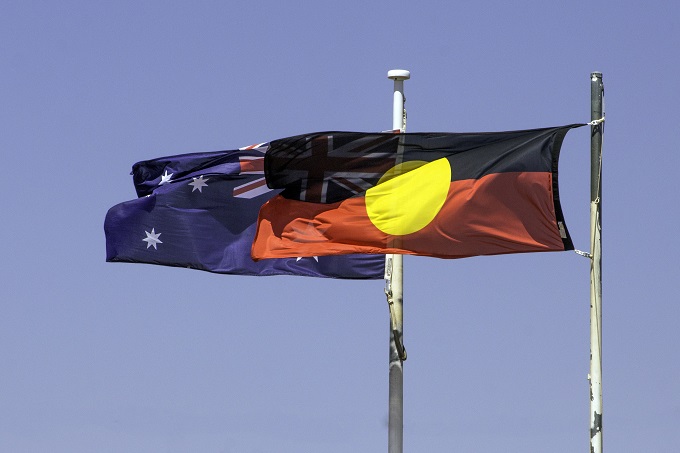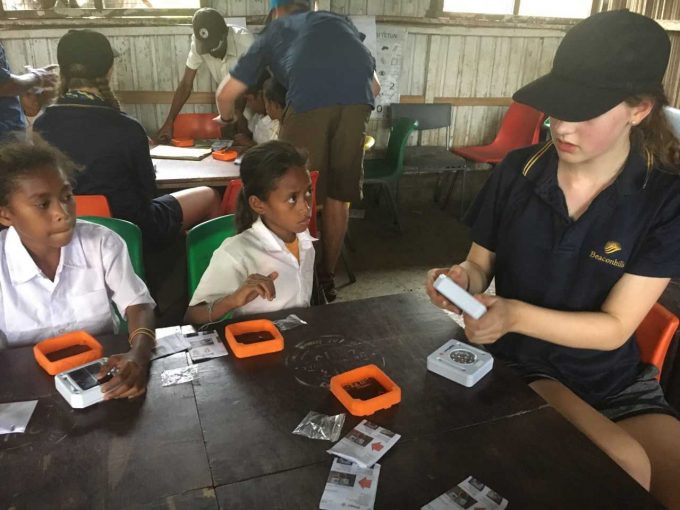
In December 2007, the Coalition of Australian Governments (COAG), a national forum that included members from each of the six states, two territories, the federal government as well as representatives from the Australian Local Government Association, agreed to establish a framework that aimed to close the gaps between Indigenous and non-Indigenous Australians lived experience. The key gaps in question were differences in life expectancy, child mortality and school achievement.
Read the latest print edition of School News HERE
By November 2008, the National Indigenous Reform Agreement had been approved with six Closing the Gap targets, and a decade in which to achieve them. Over time, the targets have been refined and added to, with the 2019 National Agreement broadening to 19 socio-economic targets.
Where do schools fit in with Closing the Gap?
Dr Samara McPhedran is a multidisciplinary researcher with Closing the Gap Research, and has a focus on psychology, law, justice and public policy. She explains how schools and educators fit into the goals and targets of Closing the Gap.
“Clearly, the more years an individual spends in education, the better their prospects. Completing Year 12 or an equivalent qualification provides an essential pathway to further education and employment, reducing the risk of adverse outcomes such as poverty,” explains McPhedran.
Three of the six initial 2008 goals specifically targeted schools:
- to ensure access to early childhood education for all Indigenous four-year-olds in remote communities within five years
- to halve the gap in reading, writing and numeracy achievements for children within a decade
- to halve the gap for Indigenous students in year 12 attainment rates by 2020.
But with the deadline past, and the goals not yet met, the revised national agreement now includes five (of 19) education-related outcomes.
- Outcome 3 — children are engaged in high quality, culturally appropriate early childhood education in their early years
- Outcome 4 — children thrive in their early years
- Outcome 5 — students achieve their full learning potential
- Outcome 6 — students reach their full potential through further education pathways
- Outcome 7 — youth are engaged in employment or education
“Schools and educators play a vital role in supporting and mentoring students, encouraging them to meet high expectations, addressing barriers to participation in education, and developing positive relationships with students’ families and communities to promote the importance of education and the opportunities it opens up.” Dr McPhedran
Focusing on final years
One of the gaps under focus is the number of Aboriginal students who do not complete year 12. What are some of the issues that prevented Indigenous students from finishing high school?
“Relative to non-Aboriginal Australians, Aboriginal Australians experience greater levels of socioeconomic and geographic disadvantage, which impact educational opportunities and outcomes,” McPhedran explains.
“Socioeconomic disadvantage correlates with a complex range of circumstances that can affect education, such as family and community dysfunction, frequent relocation and unstable living conditions, poor physical health, and behavioural issues. Aside from these challenges, the cost of schooling – particularly at more senior levels – can be a significant barrier to education for children from disadvantaged families.”
She continues: “Access to secondary schooling may be limited or lacking for families living in remote and very remote areas. Substantial travel may be required to get to secondary school; for some students, boarding school may be the only viable option. For socioeconomically disadvantaged families in geographically disadvantaged communities, this may represent a severe or prohibitive financial burden.”
One of the challenges faced by those working on Closing the Gap, points out McPhedran, is that few of the programs have been evaluated, and when evaluations have been undertaken, they were often limited in scope or failed to follow people over the longer term to see if any potential program impacts were sustained over time.
Put simply, without evaluating programs, and simply ‘carrying-on’, there is no way of knowing if the time and money being spent, is being put to good use or wasted.
“Without this information, we cannot determine what outcomes programs may be achieving,” explains McPhedran. “There is often insufficient data to assess cause and effect – [and] as a result of these gaps in knowledge, we cannot assess which programs are genuinely improving outcomes for Aboriginal Australians. This means that resources and effort are not necessarily being allocated effectively.”
ANU Research Fellow, James Blackwell in his recent The Conversation article adds: “Before we ask about what comes next… we must ask what has come already, and whether efforts at closing the gap over the past three years, since the agreement was overhauled by the Morrison government, have worked.”
What does this mean for schools?
It’s understandable if, on an individual level, educators don’t see much in the way of specific Closing the Gap programs, especially those based in metropolitan schools. Much of the funding to enhance attendance and improve Year 12 attainment is directed towards programs in Central and remote Australia.
However, some high-performing metropolitan schools will be chosen to partner with remote schools in a City-Country Partnership program, as well as funds to schools to scale up proven Reading Programs to improve early literacy targets.
For early childhood education – where Targets 3 and 4 include:
- engage in high quality, culturally appropriate early childhood education
- thrive in their early years
programs for 2024/25 include expanding the Connected Beginnings program by 50 sites, improving participation in preschool before full-time schooling and developing a Preschool Outcomes Measure which will be trialled in 2025.
For more information on Closing the Gap Schools Measures visit education.gov.au








Funding an ad hoc program does not help. It just deepens the existing gap.
The capacity building , though slow and often dead slow, helps along with curriculum reforms.
The curriculum developers are still sitting on the fence and doing a token inclusions in STEAM subjects.
Mentorship is the way forward, but no one is talking about it. Let us look into the ways many indigenous communities of learning do capacity building.